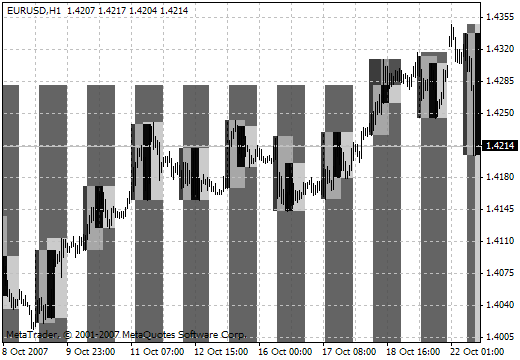How exchange rate is determined
How exchange rate is determined
Current international exchange rates are determined by a managed floating exchange rate. The economic actions of its government or central bank affect each currency’s value that means a managed floating exchange rate.
The managed floating exchange rate hasn’t always been in use. The gold standard controlled international exchange rates until the 1910s. Another very similar system called the gold-exchange standard became prominent in the 1930s. This system allowed countries to back their currency not in gold but with other currencies on the gold standard, such as U.S. dollars and British pounds. The International Monetary Fund (IMF) was responsible for stabilizing the currency exchange rates until the 1970s when the U.S. ended its use of fixed exchange rates.
Comparison of Monetary Policy
Exchange rates are a comparison between the policies of two countries. It is essential to understand that exchange rates are not absolute rather they are relative. You should consider the following factors amidst many others while comparing the monetary policies of the two countries.
- Inflation: The exchange rate is a ratio between the expected number of units of one currency and the expected number of units of other currency in the market. Inflation increases the number of currency units. Therefore, if one currency is facing inflation at the rate of 6% whereas the other is inflating at the rate of 2%, then the ratio between the two is bound to change. Hence, inflation rates are a major factor while determining exchange rates. However, the official inflation rates often do not tell the true picture. Participants of the market use their estimates of the inflation rates and come up with their valuations for currency pairs.
- Interest Rates: When investors hold a currency, they get a yield of the interest rate, applying to that currency. Therefore, if investors were to hold a currency with a 6% yield as opposed to a 3% yield, they would end up profiting more! The price of the interest rate yields is also into the Forex rates in the market. The currency valuations are extremely subjective to interest rate changes. A small change in this rate brings about a big reaction from the market participants.
